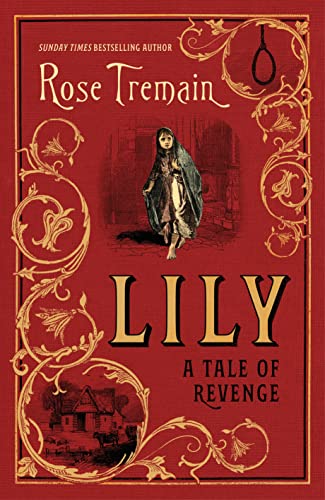Lily: A Tale of Revenge
Born in 1850, Lily Mortimer is found as a just-delivered baby and is taken to Coram’s Foundling Hospital children’s home by a kindly young policeman. She is sent to live on a farm in Suffolk with a large and loving foster family until she is six and then callously returned to London. The harsh separation from her home is heart-rending, but Lily is to be trained to make a useful career.
From the very start of the novel, Lily as a 16-year-old tells us that she has murdered someone in an act of revenge and is waiting for justice to catch up with her. She works at a wigmaker’s in central London, nimble and skilled in her finger work. The police officer who saved her as a baby returns into her life, adding an element of complication and delight, also danger as Lily is convinced that he will discover her crime and start the process of the fearful justice that she is convinced awaits her. Lily and the other children at the home want to recapture the stability and happiness of their foster homes, and this bereavement haunts Lily as she emerges into adulthood; she mourns the loss of the security and simple pleasures of those early years on the farm in Suffolk, when she was loved, and life was pleasurable. The revelation of the reason for Lily’s revenge-taking murder is shocking when it is revealed, and this reader has nothing but sympathy for Lily and her decision to kill.
Rose Tremain portrays the brutal nature of the orphans’ lives, as well as the precarious nature of life in 19th-century London for poor members of society with forensic clarity, in a narrative that is beguiling and beautiful—it’s simply a pleasure to read. Lily is such a sympathetic heroine that the reader is fully on her side and wants the best for this feisty, generous, and talented soul.










